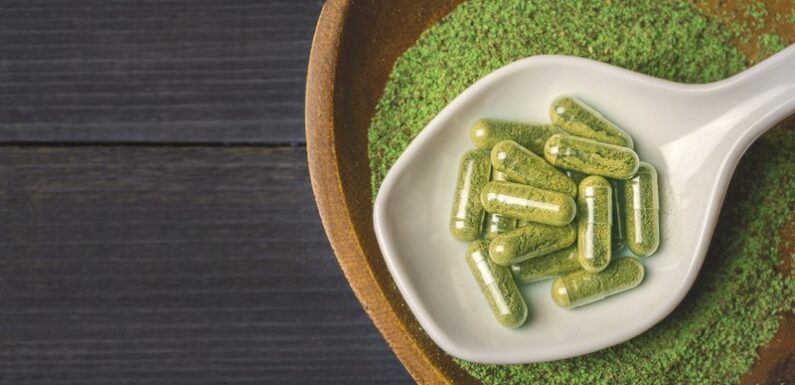
In recent years, Malay Kratom has emerged as a subject of both intrigue and controversy, with various myths and misconceptions surrounding its use and effects. As interest in natural remedies and holistic wellness grows, it’s crucial to separate fact from fiction when it comes to Malay Kratom. In this article, we aim to demystify Malay Kratom by debunking common myths and misconceptions surrounding this botanical marvel.
Myth 1: Malay Kratom is Unsafe and Addictive
One of the most pervasive myths about Malay Kratom is that it is unsafe and highly addictive. While it’s true that Kratom contains alkaloids that interact with opioid receptors in the brain, leading to analgesic effects, research suggests that it has a lower potential for addiction and dependency compared to opioids. Additionally, when used responsibly and in moderation, Malay Kratom is considered safe for most individuals. Like any substance, misuse or excessive consumption can lead to adverse effects, but when used appropriately, Malay Kratom can be a valuable tool for promoting wellness.
Myth 2: Malay Kratom is a Legal High
Another common misconception is that Malay Kratom is a “legal high” or a recreational drug. In reality, Malay Kratom is primarily used for its therapeutic properties and is not intended for recreational purposes. While some individuals may experience feelings of euphoria or relaxation when consuming Malay Kratom, its effects are typically mild and dose-dependent. Furthermore, Malay Kratom is legal in many regions, but regulations vary, and it’s essential to research and adhere to local laws regarding its sale and consumption.
Myth 3: All Malay Kratom Strains Are the Same
There is a misconception that all Malay Kratom strains are identical in their effects and properties. In reality, Malay Kratom comes in various strains, each with its own unique characteristics and effects. For example, Green Malay Kratom is known for its energizing and mood-boosting properties, while Red Malay Kratom is prized for its calming and sedative effects. Understanding the differences between strains can help users choose the most suitable option for their needs and preferences.
Myth 4: Malay Kratom is a Miracle Cure
While Malay Kratom has been touted for its potential therapeutic benefits, it is not a miracle cure for all ailments. While it may offer relief for conditions such as pain, anxiety, and depression, it is essential to approach its use with realistic expectations and in conjunction with other forms of treatment as needed. Additionally, individual responses to Malay Kratom may vary, and what works for one person may not work for another.
Conclusion:
In conclusion, Malay Kratom is a botanical marvel with potential therapeutic benefits, but it is essential to separate fact from fiction when it comes to its use and effects. By debunking common myths and misconceptions surrounding Malay Kratom, we can foster a better understanding of this natural remedy and its role in promoting wellness. As research continues and awareness grows, Malay Kratom has the potential to become a valuable tool for those seeking natural alternatives to conventional medications.

